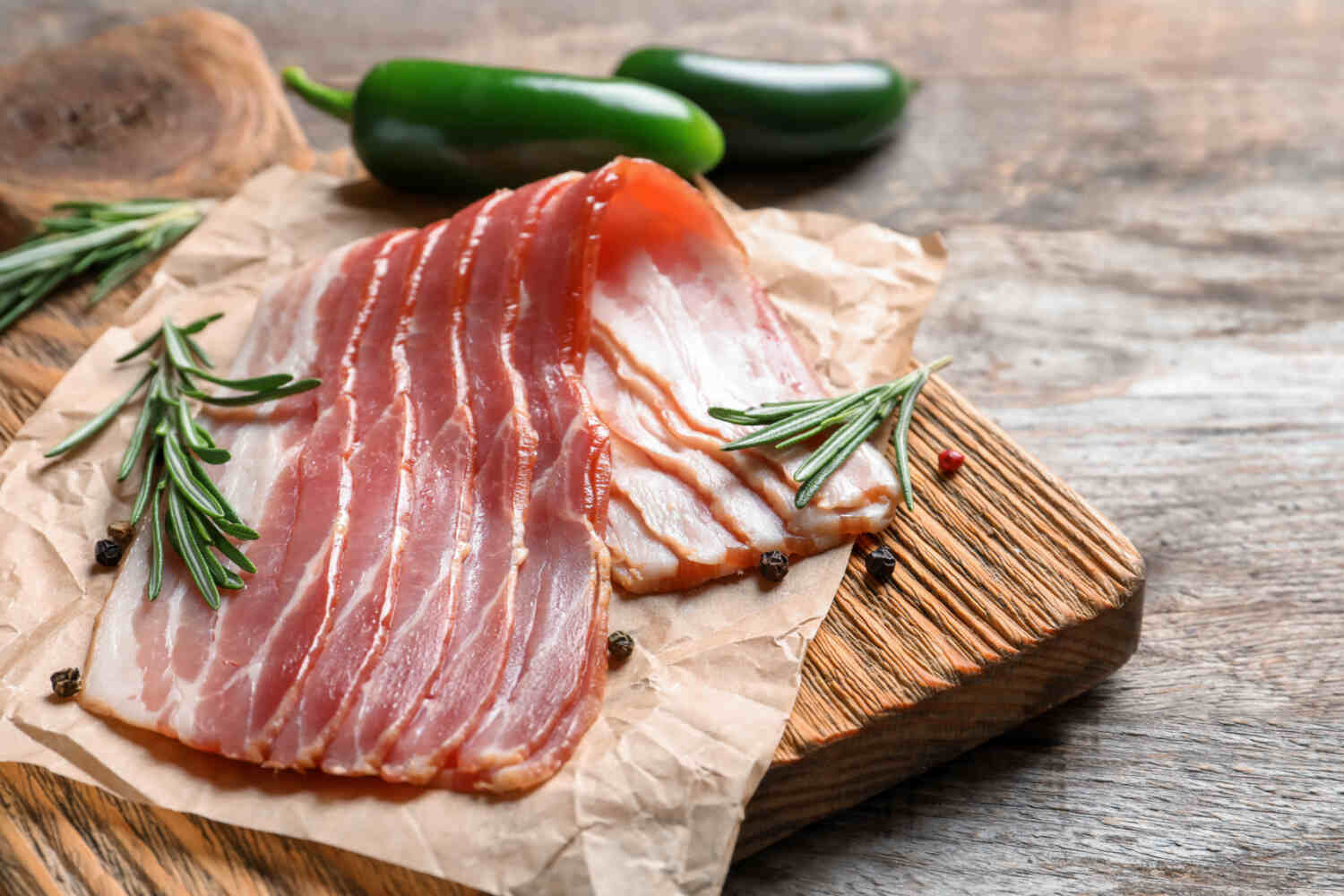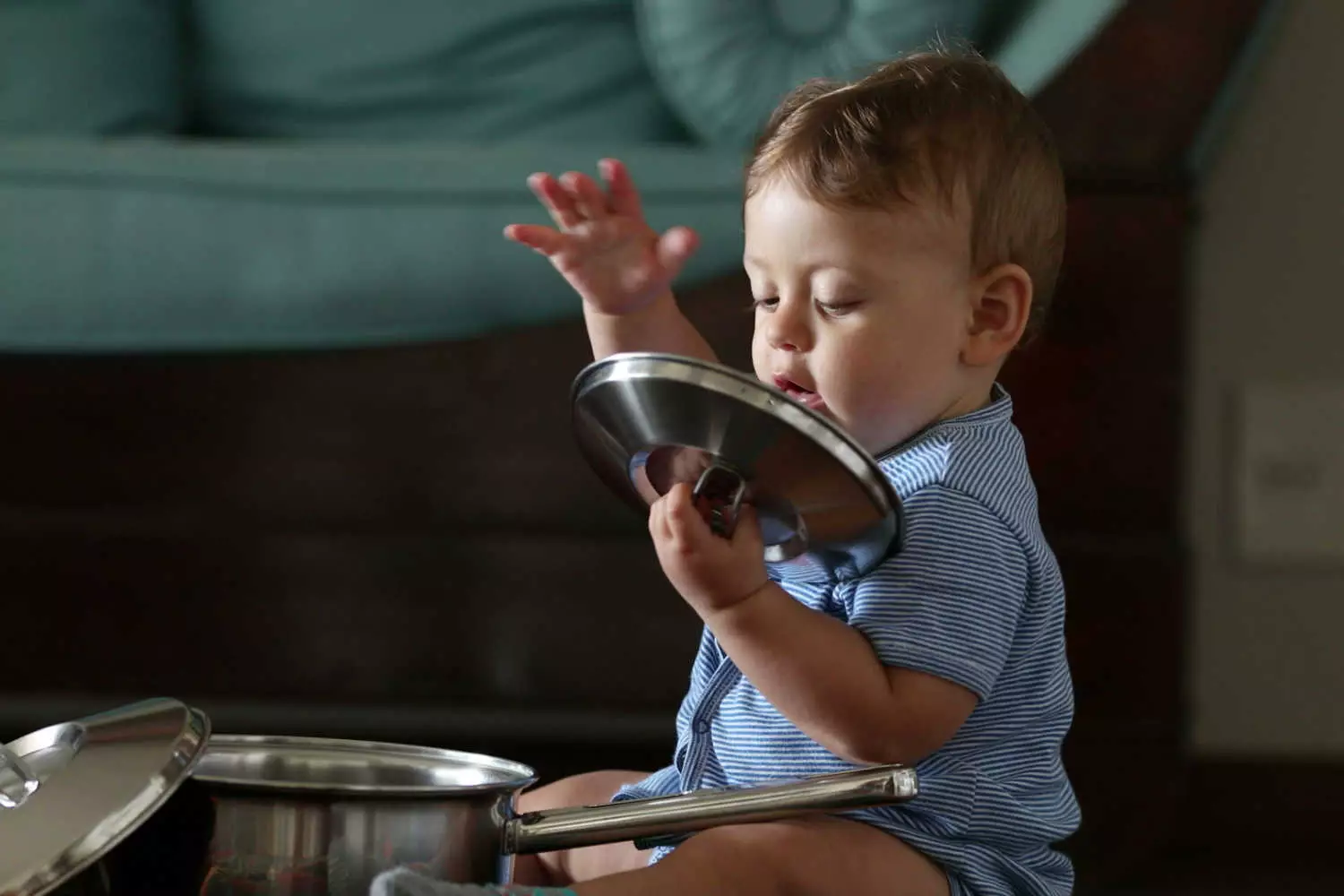
Feeding Basics For Four-To Six-Month Old Babies
5 min readWritten by Editorial Team

Given the awareness drive around breastfeeding benefits, doctors around the world have begun to recommend feeding baby only milk up to six months of age – preferably breastmilk over formula. By the time the baby turns six months old, they are generally ready to consume solid foods. However, conventional wisdom suggests trusting your instincts and introduce solids to your baby when they are ready. It might mean not waiting until they are six months old. The period between four-and-six months marks the growth phase or growth spurt in your baby. Feeding them can be quite challenging during this period. To ease this pressure, we’ve put together some basic feeding tips for your four- to six-month-old. Read below.

Feeding Basics For Four-To Six-Month-Old Babies
Your baby is growing bigger with each passing day. Now that your baby is 4 to 6 months old, it is easy to predict a feeding schedule for her. Most babies in this age group start on solid food depending on their readiness and nutritional needs. Before introducing any solid food to your baby it is very important that you consult your pediatrician. Read : Your Baby and Solid Foods
Is The Baby Ready To Consume Solids?
Either breast milk or formula will continue to fulfill the nutritional requirements of your baby at this stage. However, the American Academy of Pediatrics suggests that you may think of starting solid foods if your baby fulfills the following requirements:
- Can sit up and hold their head and neck steady. To feed them solid foods, you will need to prop them up on an infant seat or make them sit up on your lap, and hence a good head-neck control is important
- Can close their mouth around a spoon and can move food from the front of their mouth to the back. This is called the tongue-thrust reflex.
- Has doubled their birth weight (approximately)
The doctor may recommend solids. But if your baby shows reluctance to taste it or seems frustrated at having been fed solids, offer it to them after a couple of days or weeks. Read: Introducing Solid Foods for Kids
Introducing Solids To Your Baby
- Go slow with the introduction of solids in the baby’s diet. Offer little solid food the first time and allow the baby to breastfeed or have formula to fill their stomach. Read: The 3-Day Wait Rule For Babies To Introduce Solids
- Typically, the first solid food that is given to the baby is a single-grain cereal (iron-fortified) and mixed with expressed breastmilk or formula. You may or may not add sugar and salt for taste, however, it is recommended not to do so. The first time could swing either way – acceptance or rejection
- After the baby has developed a taste for the solid food, you can try pureed vegetables, pulped fruits and mashed meat (if recommended by the doctor). Read: What Are The Best First Foods For My Baby?
- It is best to offer a single ingredient on a given day. This will help you understand if your baby is allergic to any food
- Until your baby learns to eat solids with a spoon, milk will be their primary diet. Solids will only be supplementary diet

Tips For Feeding Solids To Your Baby
- Pick an appropriate time during the day and prime the baby with a little breastmilk or formula
- Gauge if the baby is in a cheerful mood and accordingly sit them up in your lap or on the infant chair
- It is best to use a soft-tipped plastic spoon while feeding solid food to your baby. This will protect their gums from any injury
- Place a little solid food on the tip of the spoon and allow the baby to taste it. They might like it, reject it instantly or smell it out of curiosity. Try again after a couple of minutes
- If the baby likes the taste, offer them little by little until you think they’ve had enough
- For a good month or so, pick two good times when you can offer solid food to your child. As they develop a taste for solids, you can increase the frequency and wean them off milk – breast milk or formula – eventually in the months to come
- The first few days will be marked by solid food all over the bib, clothes, highchair tray and of course, the chin
- Some simple but important things to note here are to keep two or three plastic or silicone spoons ready while feeding, insist that the baby wears a bib while eating, make small introductions to the food in the form of mashing or squishing a little on the tray (of course, just to familiarize the baby with the texture and color), ease the baby with some singing, and lastly don’t rush. You can serve the food warm, cold or at room temperature
- Watch out for signs of rejection. The baby may vomit the contents in a couple of minutes. If this happens with the same kind of food each time, followed by some rashes, fever, diarrhea and the likes, it is highly likely that the baby is allergic to that specific food. Read:10 Foods To Definitely Avoid In Baby’s First Year
- Six months is the time when you can introduce a sippy cup to your baby. There are a variety of sippy cups available in the market and you can try a few before deciding on one that is accepted by your baby. Teach him to hold and drink from a sippy cup. You can try giving him water initially to avoid any messy clean ups
- Around 6 months you can even introduce fruit juice to your baby but make sure it is 100% fruit juice. Avoid packaged juices and powdered ones as they are loaded with sugar and can lead to excessive weight gain and diarrhea. Limit juice intake to less than 120 ml per day and offer juice in a cup rather than giving it in a bottle. Read: Giving Fruit Juices To Babies
How To Prevent Choking In Babies?
Yes, choking is quite a possibility in the initial stages of eating solids. Here’s what you must do to prevent it:
- Stay close and keep a close watch on the baby as they eat
- Stay seated and encourage your baby to sit while eating
- Offer foods in small portions that are soft and easy to chew
- Avoid foods such as uncooked raisins, raw vegetables, vegetables such as peas, fruits such as grapes, popcorn, nuts, and everything else that can easily get stuck in the windpipe and pose a serious choking hazard
Yes, feeding solid foods to your baby can be tricky. It might take you a while before you master the art of successfully feeding your baby solid foods. But just as you learned to breastfeed or bottle-feed your baby, this is a part of their growth process, and it will all take shape slowly.
Take heart, do your best, and keep at it!

Editorial Team,
With a rich experience in pregnancy and parenting, our team of experts create insightful, well-curated, and easy-to-read content for our to-be-parents and parents at all stages of parenting.Read more.
Responses (0)
Want curated content sharply tailored for your exact stage of parenting?
Related articles

Top 6 Best Counting Books For Babies in First Year

Top Activities For a 9 Month Old Baby – Benefits and Tips For Parents

Stacking Toys For Babies – How it Helps in Baby’s Development

Chair Method of Sleep Training Your Baby – Know All About it

Bacon For Babies – Benefits And Side Effects

Letting Baby Play With Household Items – How it Helps in Baby’s Development and Safety Tips
Sponsored content
Discover great local businesses around you for your kids.
Get regular updates, great recommendations and other right stuff at the right time.





